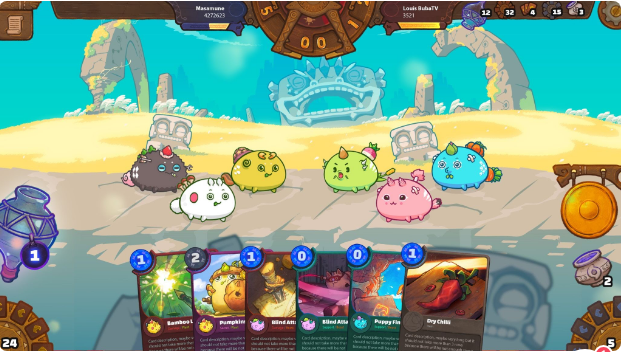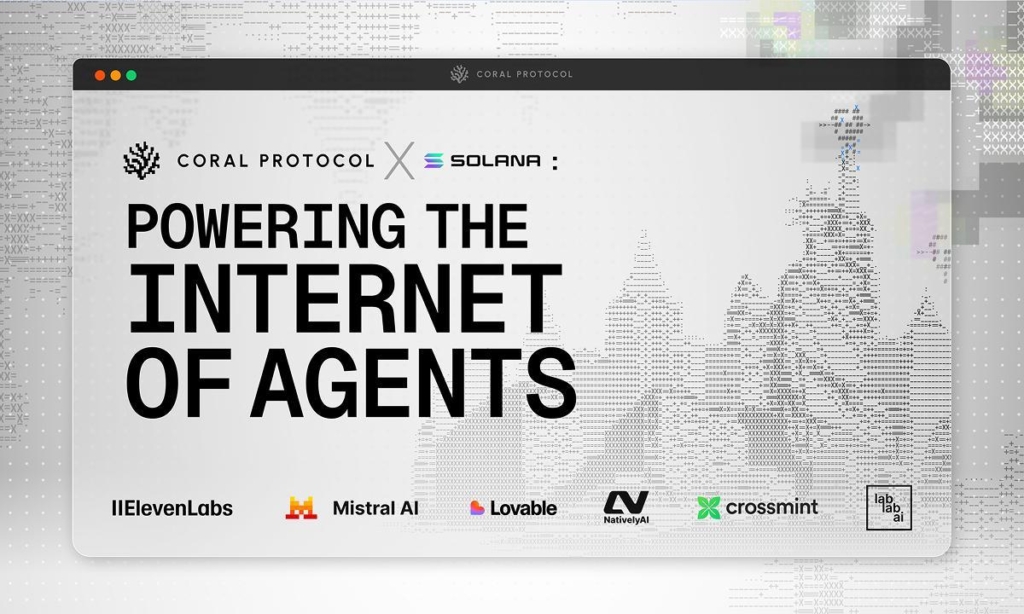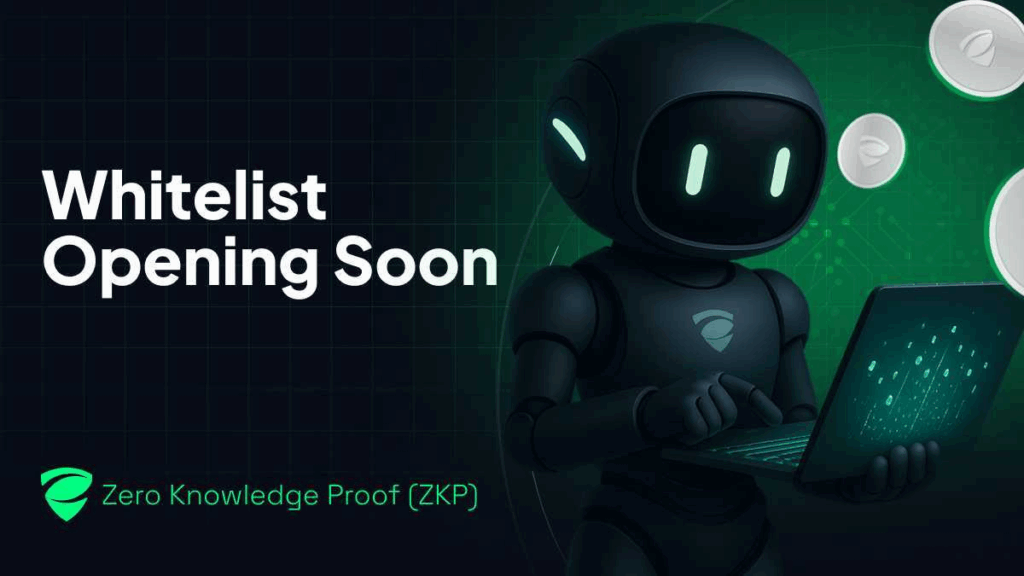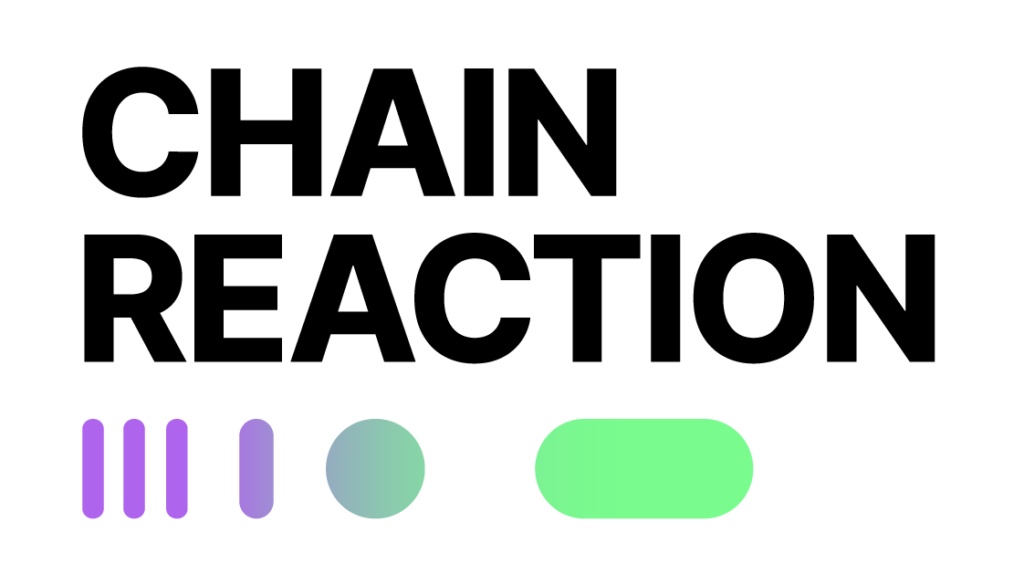Introduction
The phrase “metaverse” could appear absurd and obvious if you’re just a beginner in the tech space. But more often than not, if you ask a tech-savvy person what exactly the metaverse is, you’ll hear something pretty startling. The metaverse is defined differently by each person. Despite this, it might be difficult to appreciate the metaverse’s significance without first understanding each of its constituent parts.
Without further delay, let’s move quickly to know what the metaverse is!
What Exactly is Metaverse?
Blockchain technology underpins the technological idea known as Metaverse. The idea essentially depicts a shared relationship or collaboration between the real and digital worlds through the application of various technologies. The main takeaway from this is that the metaverse is a brand-new, coexisting project that will exist alongside and simultaneously with the planet Earth.
The metaverse isn’t in existence yet. But even if the metaverse hasn’t fully taken hold yet, several platforms already have certain aspects of it. It is a theory of persistent, online, and 3D universes that joins many virtual spaces. In other words, you might conceive of the metaverse as a natural development of the internet that includes virtual worlds with its own distinctive qualities, social settings, ecosystems, and other real-world objects.
The metaverse can also be thought of as a universe into which you can enter through virtual reality. Alternately, augmented reality (AR) can create a hybrid environment in which digital and physical elements coexist together. Additionally, the metaverse can be accessed using Virtual Reality (VR) devices such as hololens, gaming consoles, headsets, and applications.
The development of hosting in-game programs and the creation of virtual economies have enabled creators to stretch the limits of what a game is because of its limitless nature. Interactivity is the cornerstone on which the metaverse is founded. This suggests that interacting with a screen would make it simple for individuals to socialize with one another. With that said, any user exploring the metaverse is free to freely experience all of the aforementioned components.
The Trailing History of Metaverse
In the 90s, sci-fi author Neal Stephenson used the phrase “metaverse” for the first time in his book Snow Crash. The emergence of the metaverse was received with silence, in contrast to other technologies that quickly gained widespread attention in their early stages.
However due to recent advancements in technology, the metaverse has significantly changed how people play games and more. Blockchain technology and cryptocurrencies are among the other items that have significantly contributed to the metaverse’s general progress.
How Does Digital Assets Fit Into the Metaverse?
Digital assets like bitcoin (BTC) are seen as a tremendous gift of the metaverse and are powered by blockchain technology. In a larger sense, crypto facilitates the usage of different virtual collectibles (NFTs) as utility tokens to build digital economies.
Playing games in the metaverse, users use the tokens and NFTs to facilitate transactions. Furthermore, the metaverse would be built to take advantage of digital wallets like MetaMask and Trust Wallet, which employ blockchain technology to provide transparent, reliable, and more advanced governance structures.
Existing apps in the fintech space that resemble the metaverse offer users liveable income streams. Axie Infinity, a Play-to-Earn (P2E) game, is one example of an in-game that closely resembles a metaverse that consistently generates income for its gamers. Other successful games that are similar to the metaverse include Decentraland and SecondLive.
In fact, the arrival of the metaverse has strengthened the ties that bind the financial, virtual, and physical worlds. In addition, because of the development of the metaverse, geeks are no longer restricted to making cryptocurrency payments online like they were in the past, when individuals had to wait in long lines to withdraw their hard-earned money from the bank.
Cryptocurrency also has a lot more to offer in the metaverse. from censorship to accessibility, value transfer, interoperability, and digital proof of ownership. But what does this actually mean for the fintech industry?
- Digital proof of ownership: Being able to provide access credentials, such as the private keys of your crypto wallet, can help prove your digital ownership on the blockchain, all within the metaverse.
- Transfer of value: The mechanism of the metaverse will provide a more sophisticated way for users to transfer value in a more secure manner. This would help facilitate absolute trust through the act of sending and receiving crypto assets. In-game digital assets in multiplayer games are less secure compared to crypto on a blockchain. And metaverse seeks to revolutionize that seamlessly.
- Interoperability: Cross-chain of applications are essential in the realm of crypto payments. And blockchain technology continues to improve the compatibility between different applications. For example, projects like Polkadot (DOT) and Avalanche (AVAX) seamlessly allow for the minting custom blockchains that can interact with each other.
But the metaverse will exist to merg multiple projects together in one click.
Examples of Metaverse-like Projects
Below are a few examples of some of the most successful metaverse-like projects. Read to learn more!
SecondLive
SecondLive is one of the Metaverse-like projects. It is a 3D virtual space where users can control avatars for socializing, business, and learning. SecondLive also has a Non-Fungible Tokens (NFTs) marketplace for swapping digital collectibles. In Dubai’s 2020 expo, SecondLive lively hosted Binance Smart Chain’s (BNB) Harvest Festival as the project’s first-ever anniversary. The broadcast allowed users to interact and explore several different metaverse projects on top of the BSC ecosystem.
Axie Infinity (AXS)
Axie Infinity is a Play-to-Earn (P2E) metaverse game. The game focuses on providing a liveable income to gamers in developing countries. Players start the game by buying creatures called Axies. By having Axies in your possession, you can begin to farm the Smooth Love Portion (SLP) token for profit.
It also provides game lovers with an opportunity for a metaverse-like job. This portrays that Axie Infinity isn’t just a mere game that provides a 3D character or avatar, but a holistic experience.
Decentraland (LAND)
Decentraland is an online virtual world. The game holistically combines social elements with NFTs, cryptocurrencies, and virtual real estate. Besides this, gamers play an active role in the platform’s decision making. LAND functions as a native token within the Decentraland Ecosystem. All transactions are performed in the ecosystem using LAND.
The Future of Metaverse And How Its Gears Shape the World
Amongst other tech giants, Facebook (Meta) is well-known for its loudest voice in the evolution of the metaverse. This is quite fascinating, particularly for a crypto-powered metaverse because of the firm’s Diem stablecoin. By making its voice extra loud, Facebook’s CEO Mark Zuckerberg, expressed how he is keen to utilize the metaverse project to support remote work for people in developing countries. He also addressed his plans to use the metaverse to improve financial opportunities digitally. Apple, Google, Microsoft, and other renowned tech giants have also targeted the creation of the metaverse. They have invested billions of dollars in the projects as of now.
Moreover, when we look into the future, integrating NFT marketplaces and 3D virtual worlds seems to be the next step. Non-fungible token users can now buy and sell from multiple marketplaces like OpenSea.
Conclusion
The metaverse isn’t fully in existence yet. However, based on how projects that resemble a metaverse offer close-up experiences, it may be assumed that the creation of a single, united metaverse is not far off. Imagine what it would be like to live in a virtual world where people could interact socially, work, shop, and learn.
Disclaimer: Any information written in this piece does not constitute investment advice. Optimisus does not, and will not endorse any information about any company or individual on this page. Readers are encouraged to do their own research and base any actions on their own findings, not on any content written in this piece. Optimisus is and will not be responsible for any damage or loss caused directly or indirectly by the use of any content, product, or service mentioned in this piece.



